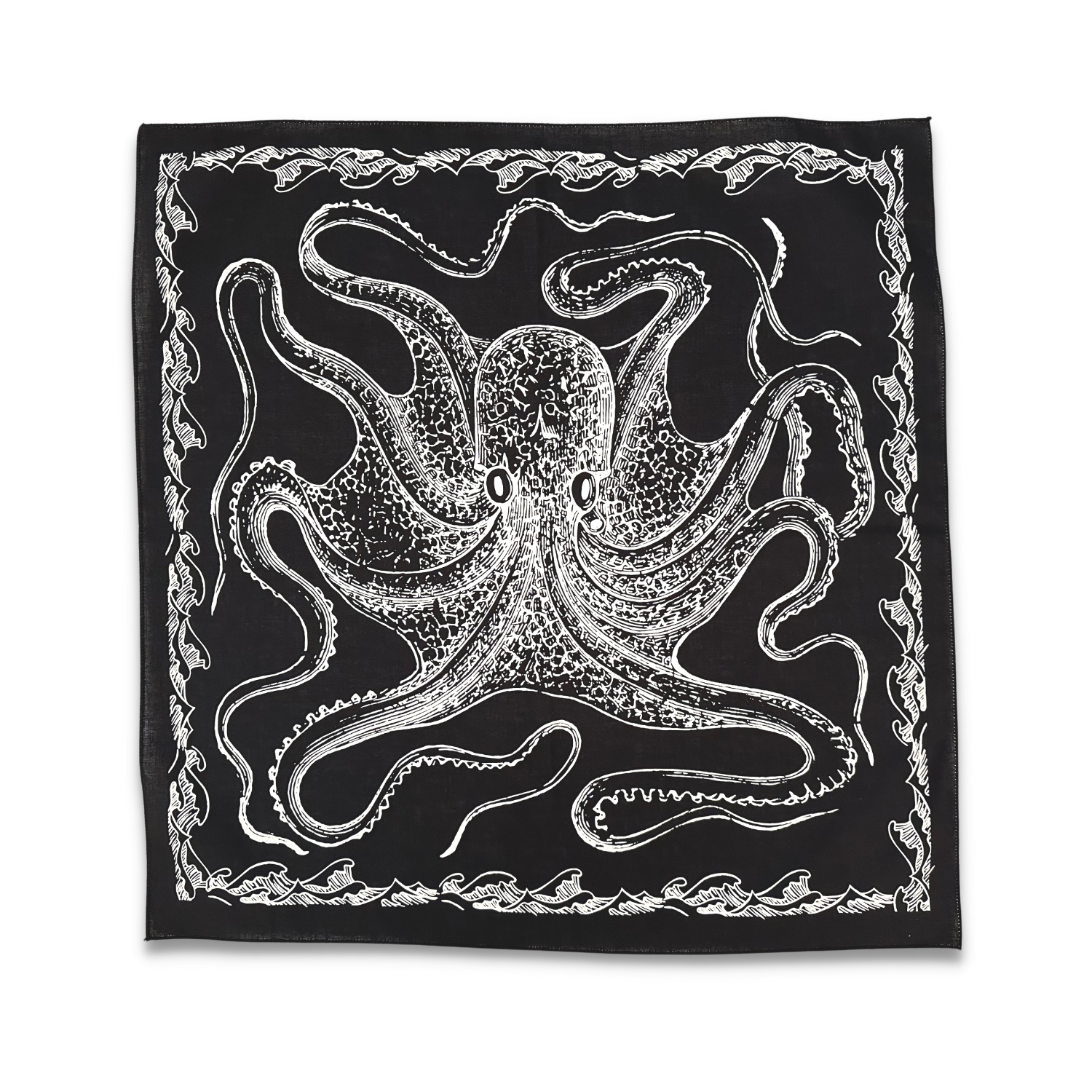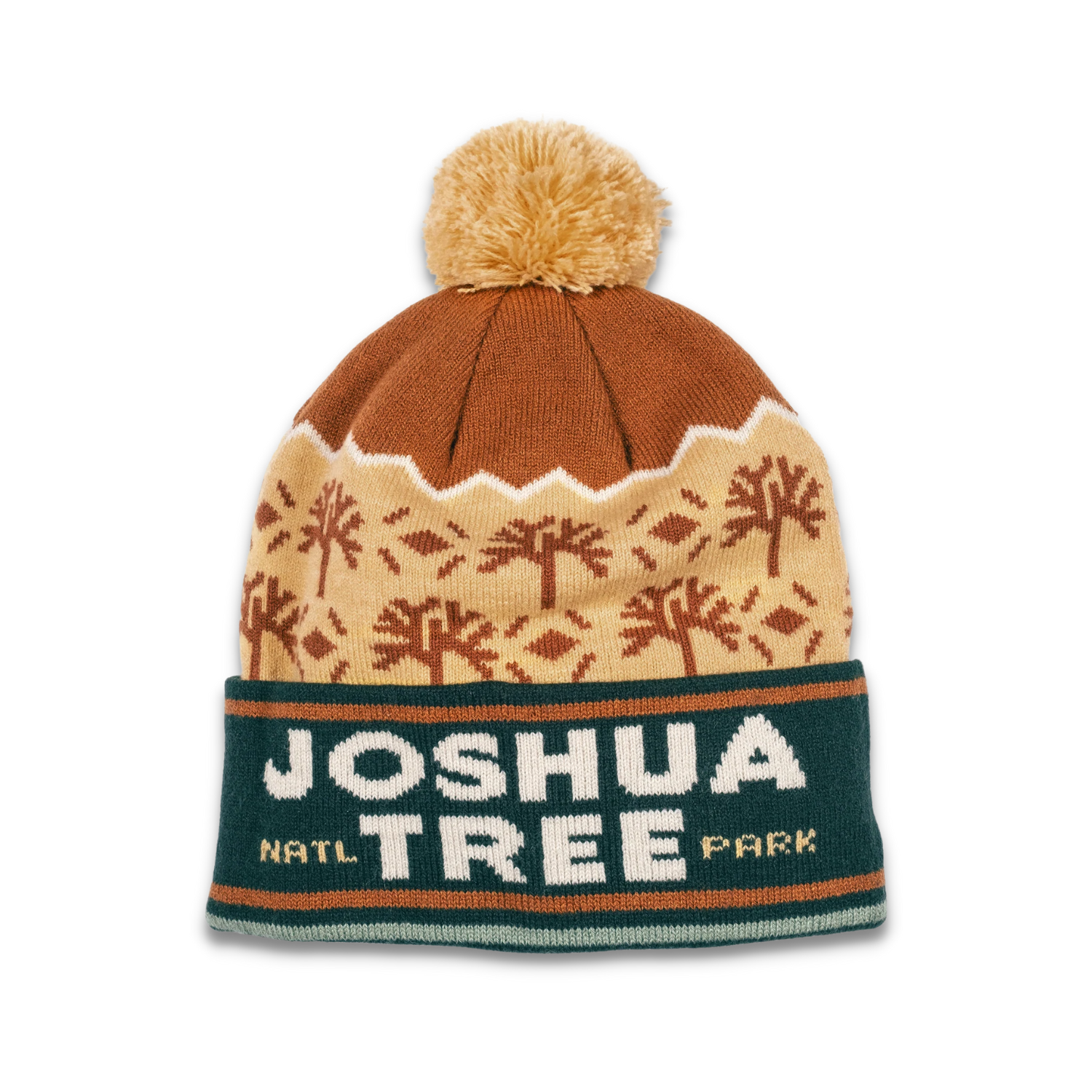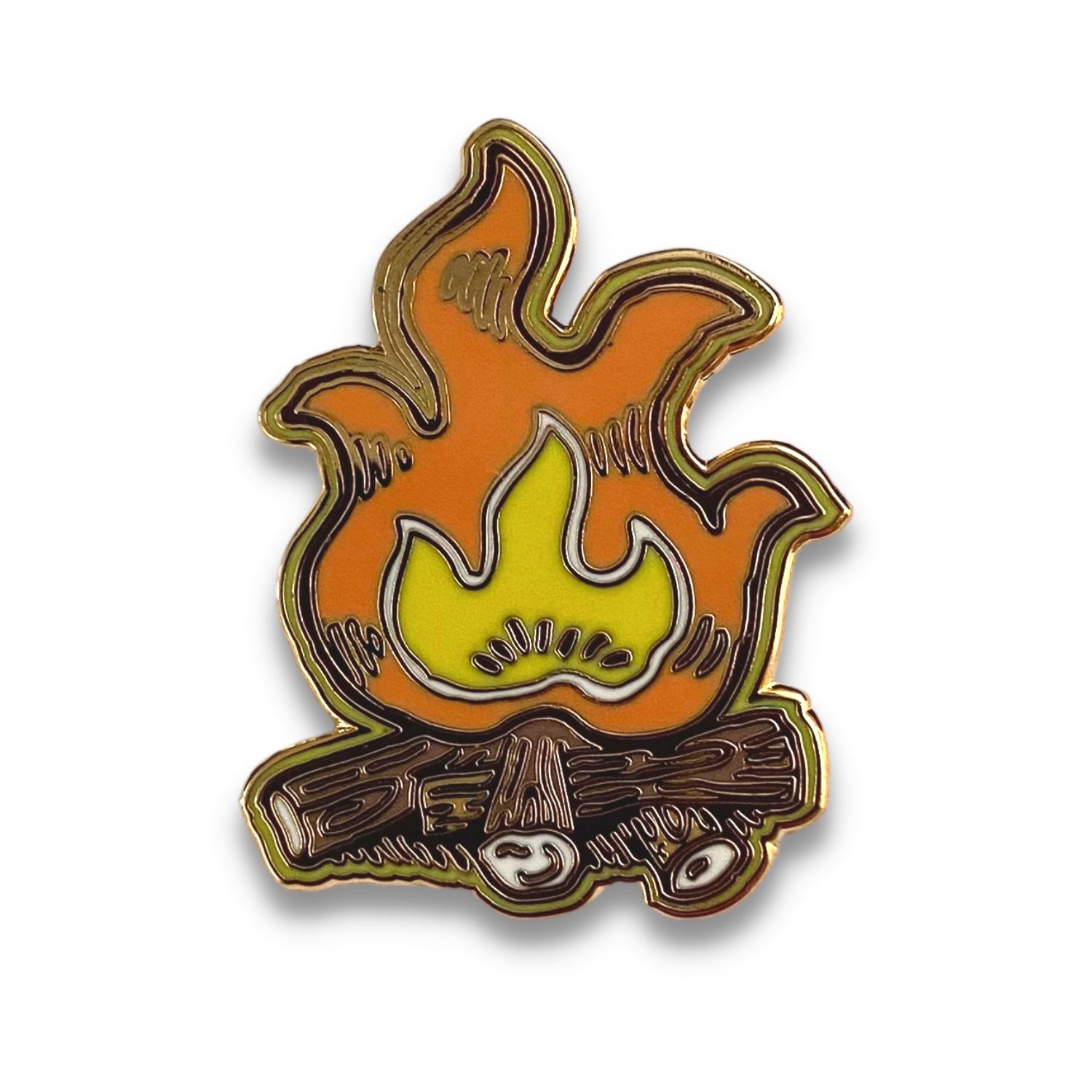Accessorizing is an art form that, when done correctly, can transform an ordinary outfit into a stunning ensemble. It's the finishing touch that adds personality, flair, and sophistication to your look. Whether it's a pair of statement earrings, a sleek watch, or a colorful scarf, the right accessories can elevate your style and make a lasting impression. This article explores the art of accessorizing, offering guidance on how to select and style accessories to complete your look with finesse.
Understanding the Role of Accessories
Accessories are not merely decorative; they serve various purposes in fashion. They can accentuate your best features, inject color and texture into your outfit, or even change the tone of your look from casual to formal. Accessories are versatile tools that can refresh and revitalize your wardrobe without the need for an entire overhaul.
Choosing the Right Accessories
-
Consider the Occasion: The event or setting should guide your accessory choices. For formal events, opt for elegant and understated pieces like pearl earrings or a classic watch. For casual outings, you can be more playful with bold and colorful accessories.
-
Balance Your Outfit: If your outfit is already detailed or patterned, choose simpler accessories to avoid a cluttered look. Conversely, if you're wearing a simple, monochromatic outfit, vibrant or intricate accessories can add interest and depth.
-
Focus on Proportion: The size and scale of your accessories should complement your frame. Petite individuals might opt for smaller, more delicate pieces, while those with a larger frame can carry off bolder, chunkier items.
-
Color Coordination: Accessories are a great way to incorporate color into your outfit. You can either choose colors that complement your attire or use accessories to introduce a contrasting pop of color.
Types of Accessories and How to Style Them
-
Jewelry: Jewelry can add sparkle and elegance to any outfit. A statement necklace can be the focal point of a simple dress, while layered bracelets can add a bohemian touch to a casual look. Remember, less is often more; don't wear large earrings, necklaces, and bracelets all at once.
-
Watches: A watch is both functional and stylish. It can be a significant investment piece that adds sophistication to your look. Match the metal of your watch to other jewelry for a cohesive look.
-
Scarves: Scarves are incredibly versatile. They can be draped around the neck, tied to a bag, or even worn as a headband. Choose scarves in different materials and patterns to add texture and color to your outfit.
-
Bags: The right bag not only carries your essentials but also complements your outfit. Consider the size, color, and style of the bag and how it pairs with your look. A structured tote can add polish to a professional outfit, while a funky clutch can make a statement in a more casual ensemble.
-
Belts: Belts can define your waist and add an element of interest to your look. A classic leather belt is a wardrobe staple, while a belt with a unique buckle can serve as a statement piece.
-
Hats: Hats can add a touch of mystery and chicness. From wide-brimmed hats that offer drama and sun protection to cozy beanies for a relaxed vibe, hats can significantly impact your overall look.
Conclusion
Accessorizing is about enhancing your personal style and adding dimension to your outfits. It's about expressing your personality and creativity through the pieces you choose to wear. By understanding the role of accessories and how to select and style them, you can master the art of accessorizing, ensuring that every outfit is thoughtfully and beautifully completed. Whether you prefer a minimalist approach with just one or two key pieces or love to layer and mix different accessories, remember that the best accessory you can wear is confidence.




